By Claire Pires
Listen to an audio by Annenberg Radio News
About 150 dads, policemen, and mentors grabbed donuts and a book today to read to kids for the 5th Annual “Donuts with Dads” event at 99th Street Elementary School in South L.A.’s Watts neighborhood. 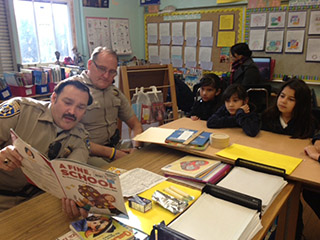
“Almost 80% of the students at this school did not have a father or a father-figure in the homes or in their minds on a daily basis,” said Principal Courtney Sawyer of the school five years ago. “We came together to come up with a program to not only create parental involvement but to bring positive male role models into our children’s lives and that’s really where the idea of “Donuts with Dads” came from,” said Sawyer.
“Donuts with Dads” began five years ago and since this program and other family-included programs began, parent participation has grown from 20% five years ago to 90% currently.
“I talk to my kids about the urgency of education and hopefully they can continue on this path and go to college…maybe USC,” said father of two Noel Ramirez.
As student’s dads and other mentors read in both Spanish and English, students beamed in their colorful classrooms, and one student even claimed school is more fun than recess.
The school sits off of Century Blvd. in South L.A.’s Watts neighborhood, and they have struggled to improve their school, but the test scores show that events like “Donuts with Dads” provide a significant improvement.
“It’s a school we believe this year is gonna be above 800 in the API for the state,” said CEO of the Partnership for Los Angeles Schools Marshall Tuck as he referred to the Academic Performance Index, which refers to the growth of schools based on their academic performance and other academic measures.”To have this happen in a few years in the heart of Watts is a phenomenal thing,” said Tuck.
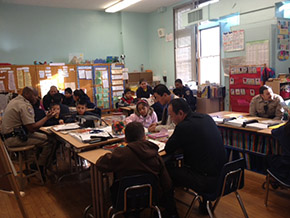 On the first Friday of every month, parents come to the school from 8:00-8:30am to read to the kids and encourage literacy, and they have instilled other events such as “Muffins with Moms,” to increase parental involvement.
On the first Friday of every month, parents come to the school from 8:00-8:30am to read to the kids and encourage literacy, and they have instilled other events such as “Muffins with Moms,” to increase parental involvement.
Muffled reading in various languages echoed from the classrooms of the elementary school as students and their dads took turns reading aloud amidst the waft of donuts and the sound of pages turning.









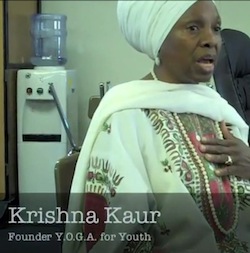 Reaching out to kids through schools and detention centers, the yoga program teaches them how the power of their breath can ease anger, frustration and stress.
Reaching out to kids through schools and detention centers, the yoga program teaches them how the power of their breath can ease anger, frustration and stress.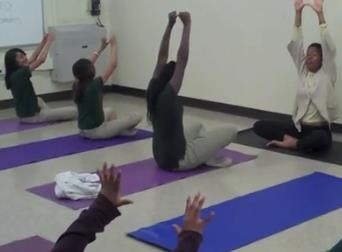 Students practicing yoga.
Students practicing yoga.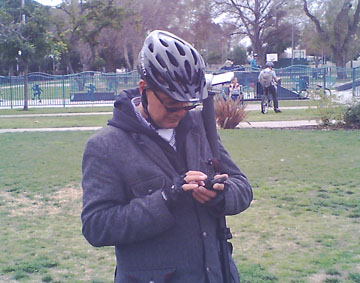
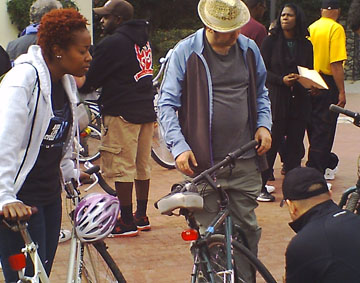
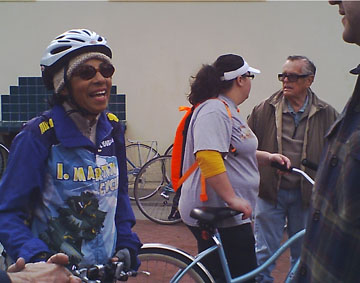

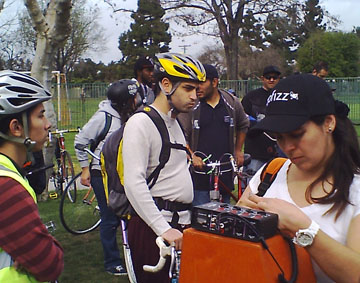
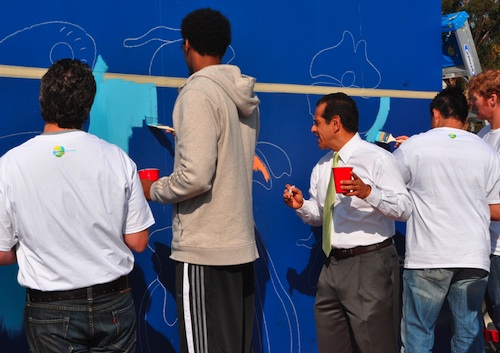 Wasserman Foundation CEO Casey Wasserman, Trey Thompkins, Mayor Villaraigosa, Cesar Ramos and Alexi Lalas paint mural on handball court. (Photo: Larry Kahm)
Wasserman Foundation CEO Casey Wasserman, Trey Thompkins, Mayor Villaraigosa, Cesar Ramos and Alexi Lalas paint mural on handball court. (Photo: Larry Kahm)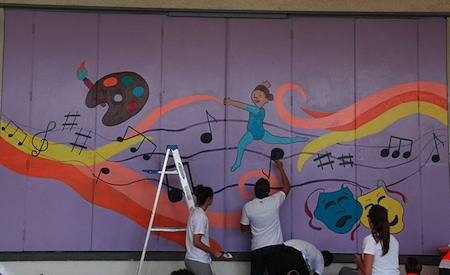 Volunteers paint mural by the school cafeteria. (Photo: Larry Kahm)
Volunteers paint mural by the school cafeteria. (Photo: Larry Kahm)
 Students celebrate the school improvements.(Photo: Cheryl Rodman)
Students celebrate the school improvements.(Photo: Cheryl Rodman) Dana Knoll began her day around four a.m. She, and three other volunteers, walked from corner to corner around Watts surveying and interviewing over 165 people living on the streets.
Dana Knoll began her day around four a.m. She, and three other volunteers, walked from corner to corner around Watts surveying and interviewing over 165 people living on the streets.  With the largest housing projects west of the Mississippi and 120 recognized gangs within 10 square miles, the Southeast Division of the Los Angeles Police Department (LAPD) is working harder than ever to keep children away from the gang culture.
With the largest housing projects west of the Mississippi and 120 recognized gangs within 10 square miles, the Southeast Division of the Los Angeles Police Department (LAPD) is working harder than ever to keep children away from the gang culture. 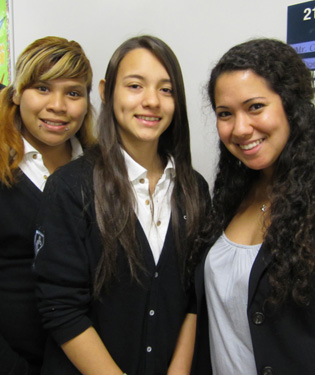 At 22 years old and standing just over five feet, Avery Seretan is sometimes mistaken for a student. She’s actually a ninth-grade special education teacher in Watts. And depending on the day, she’s also a mother, confidant, guardian and referee for her students.
At 22 years old and standing just over five feet, Avery Seretan is sometimes mistaken for a student. She’s actually a ninth-grade special education teacher in Watts. And depending on the day, she’s also a mother, confidant, guardian and referee for her students. 




